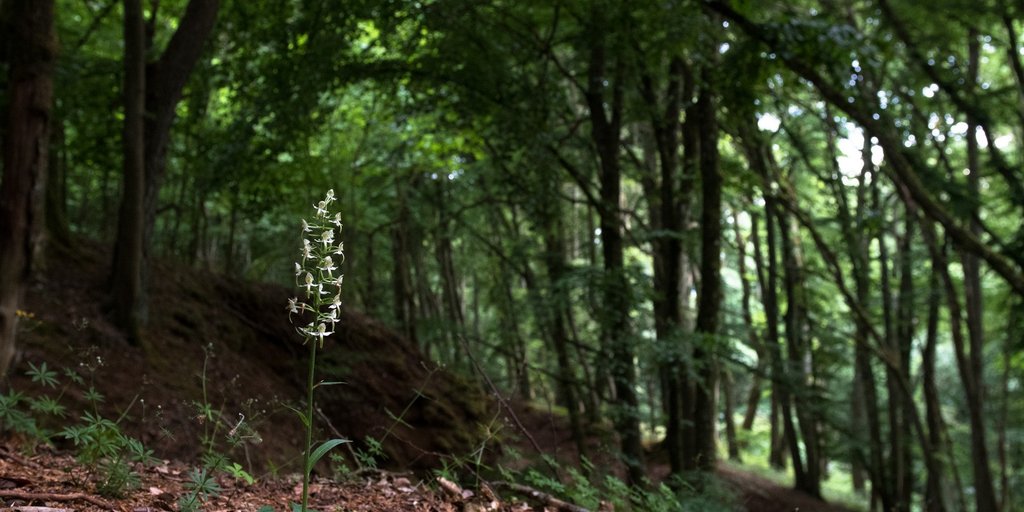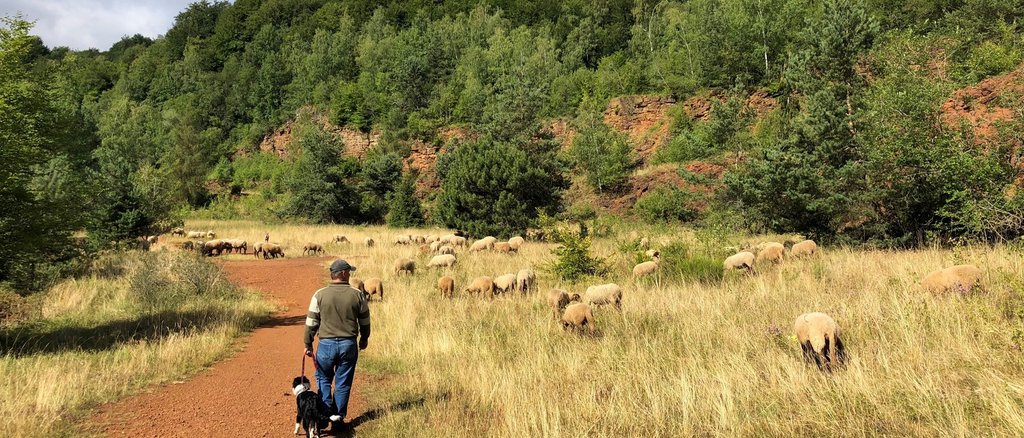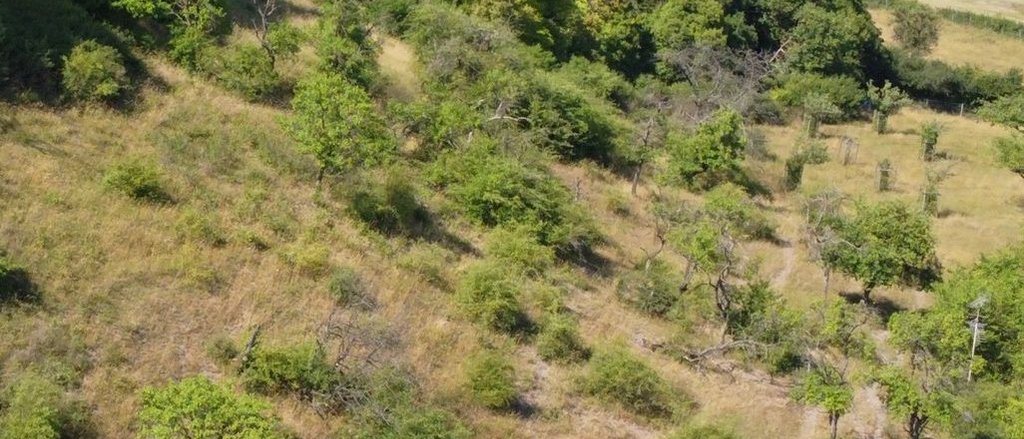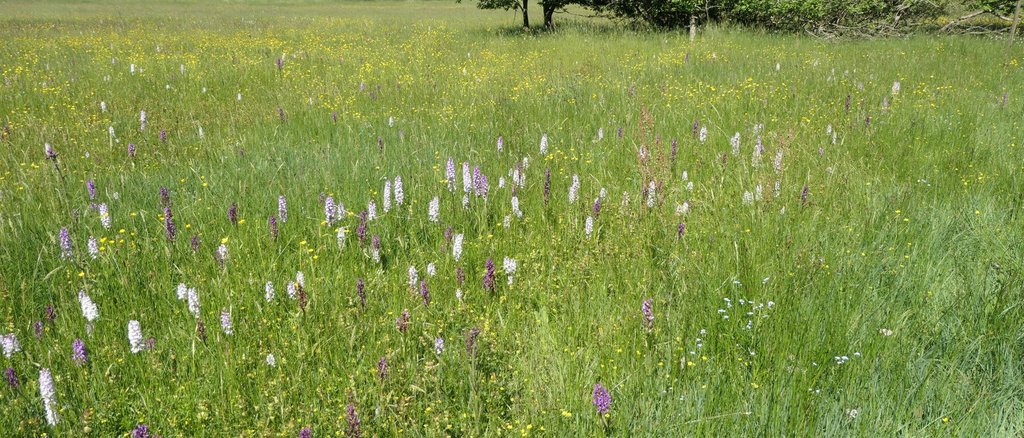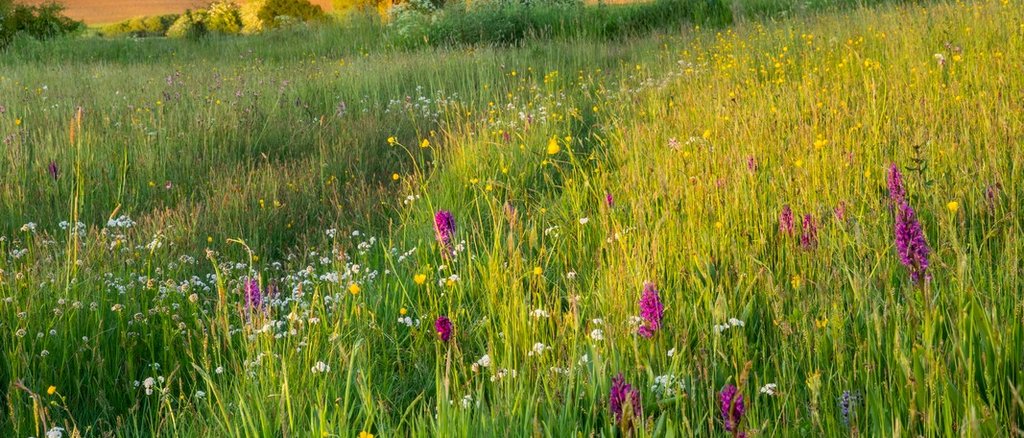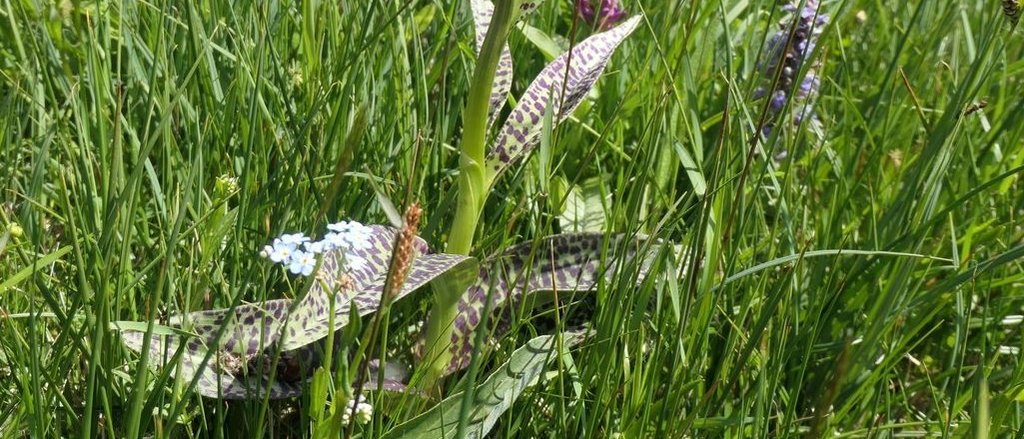Orchids indicate precious habitats
Native orchids are excellent indicator species for natural, species-rich habitats. These habitats need protection and preservation amidst a global biodiversity crisis.
Native orchids have adapted to a variety of habitats. One thing all these habitats have in common, is that they are poor in nutrients and orchids are able to get by on very little. This is due to their close association with root fungi, on which they depend even during germination. In their underground storage organs, orchids can build up reserves that allow them to flower quickly at a favorable time.
Forests - life with little light
Show Orchids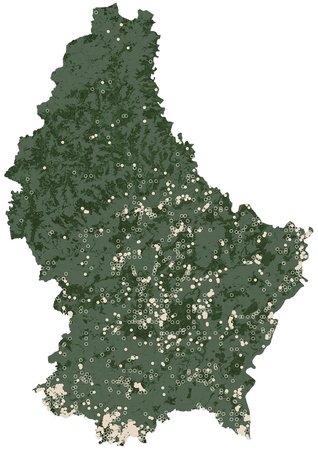
- On the Luxembourg sandstone, beech trees form near-natural forest stands with a rich herbaceous layer in clearings.
- The lime beech forest is found on calcareous soils, for instance over the Muschelkalk in the Moselle region or the Dogger of the Minett in the south of Luxembourg.
- The oak-hornbeam forest develops on soils with more clay, where it is either too wet or too dry for the beech.
- On some south-facing slopes, there is the slightly more open thermophile dry forest.
- Natural coniferous forests do not occur in Luxembourg. However, spruces and pines have been planted in forests in many places.
Dry meadows - survival in drought and heat
Show Orchids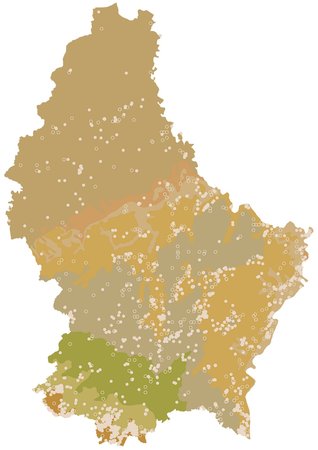
- In the area of the former open-cast ore mines, secondary calcareous grasslands rich in species have developed on the Dogger and Minette strata in the course of the last fifty years.
- The semi-arid grasslands of the Stone Marl Keuper have formed mainly on the slopes and hilltops of the Keuper landscape. They are home to the most species-rich orchid sites.
- Semi-dry grasslands on shell limestone are found on the southeastern border of the Oesling and in the Moselle valley. In the Oesling, silicate grasslands have developed on the south-facing slopes of the Devonian shales.
Wet meadows and rough grassland - orchids or fertilizer
Show Orchids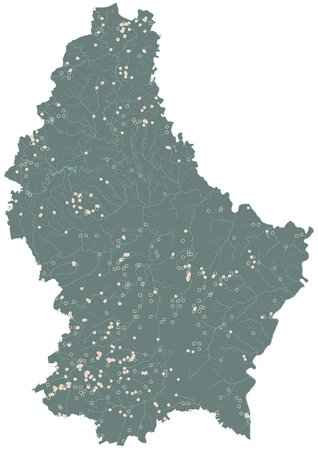
- Waterlogged wet meadows appear primarily in the Gutland over impermeable soils with high clay content where water cannot percolate into deeper soil layers.
- In the Oesling, wet meadows are found along small streams in floodplains or at hillside springs. The acidic, mineral-poor soils contain less clay and are more permeable than in the Gutland.
- Grasslands on nutrient-poor soils only persist when traditionally used for hay making. They are currently among the most threatened habitats in Luxembourg.
